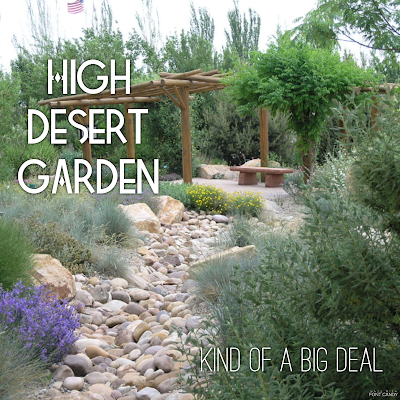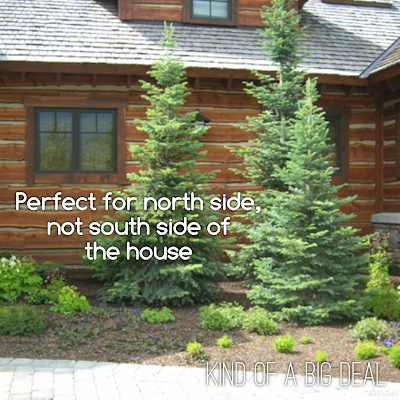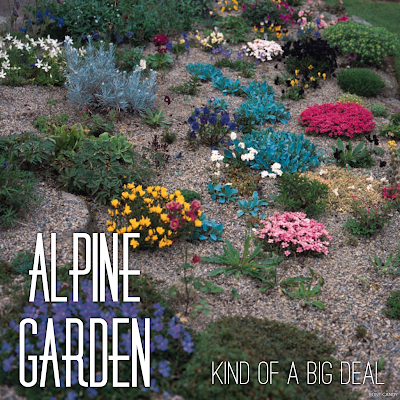Have you heard of the HGTV program called Curb Appeal? It's a great program that focuses on house front facelifts, real life solutions to front entryway problems, eye catching exterior makeovers, and front yard landscape issues. There are 146 videos that are 3 or 4 minutes long you can view online that all deal with adding curb appeal to your home. That is a lot of ideas for you to glean from and make your own to fit your home.
Curb appeal is the first impression your home makes to those that see it as they drive by, pull into your driveway, and walk up your front walkway. It's the attractiveness of your property and it's surroundings as viewed from the street or the curb.
Front yard landscaping, the front entrance, and the condition of the paint or siding are the biggest factors in curb appeal.
A pretty impressive way to add curb appeal to your home is to paint your front door. It sounds a little intimidating, but that punch of color will make you wonder why you didn't do it before now.
Here are three great links to help you learn how to add some curb appeal to your home by changing the color of your front door. There are all kinds of tricks and tips from the right kind of paint, the preparation needed, to when is the perfect time to paint and what to avoid.
1. DIY Network- Read this before you paint your front door.
2. All Things Thrifty - How to paint your front door in a snap.
3. I Am Hardware - Paint your front door and totally like it.
She uses a gel stain for those of you that might think a turquoise door is just too much for you. It looks great!
If you have been itching to paint your front door, now is a perfect time. Be sure to check out the three links above for helpful tips. If your front entryway would benefit from a bigger statement than just painting a door, the link to the HGTV Curb Appeal program will get your creative juices flowing. It's amazing what a difference just a few changes can make in the attractiveness of a home.
Brought to you by Heath Harvey @ HeathsHomes.com





























































